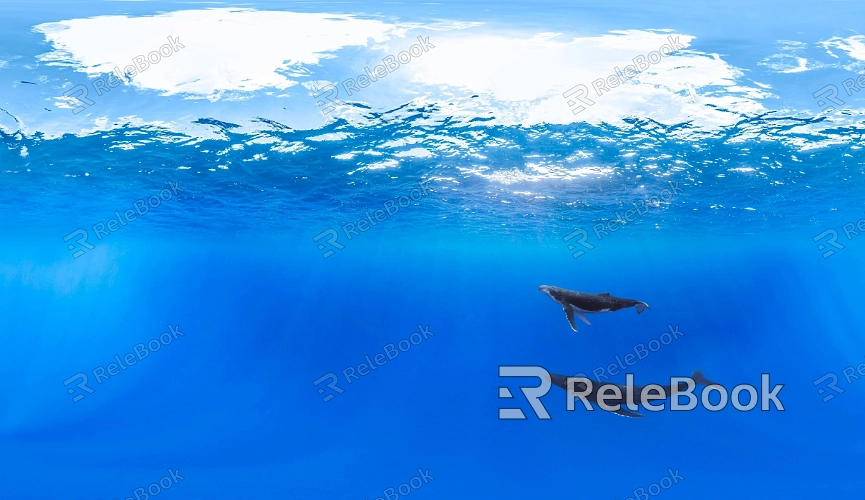How Do I Use Ocean HDR Texture 4K in My 3D Projects?
The realism of ocean scenes is crucial for visual impact. Many designers face the challenge of effectively utilizing ocean HDR textures when creating natural environments. These textures are commonly used in game development, film production, and virtual reality, adding realistic lighting and dynamic effects to water surfaces. Popular 3D software like Blender, 3ds Max, and Maya supports the import and application of HDR textures, enhancing the visual experience of projects.

1.Choosing the Right HDR Texture
Texture Sources: High-quality ocean HDR textures typically come from specialized resource sites or marketplaces. Ensure that the resolution is sufficient for 4K output. If finding quality HDR textures feels overwhelming or time-consuming, consider visiting Relebook, where you can download stunning HDR resources directly from https://textures.relebook.com/.
Suitability: Make sure the selected texture meets your project requirements; different ocean states (calm, turbulent) can significantly affect the overall effect.
2.Importing Textures into Software
Importing in Blender: In Blender, you can easily import HDR files using the "Environment Texture" node, applying it directly to your scene.
Application in 3ds Max: In 3ds Max, use the "Material Editor" to add the HDR texture to the environment background, adjusting lighting settings for the desired effect.
3.Adjusting Texture Parameters
Brightness and Contrast: Modify the brightness and contrast of the HDR texture according to your project's needs to enhance visual appeal.
Dynamic Effects: Use the software’s tools to create wave effects, making the water surface appear more lively.

4.Rendering Settings
Light Configuration: Properly configure the light sources in your scene to ensure the ocean HDR texture showcases its details effectively.
Render Engine Selection: Choose an appropriate render engine (like Cycles or V-Ray) to guarantee the highest image output quality.
5.Post-Processing
Color Correction: After rendering, use post-processing software (such as Photoshop or After Effects) for color correction, enhancing the overall cohesiveness of the image.
Effect Overlay: Add additional effects, like reflections and refractions, to further enhance the realism of the ocean scene.
6.Practice and Optimization
Continuous Testing: Regularly test different HDR textures and settings in your projects to discover the best combinations.
Performance Optimization: Keep an eye on rendering time and resource usage, adjusting texture resolution and scene complexity to maintain smooth performance.
By following these steps, designers can effectively incorporate ocean HDR textures in 3D projects, significantly enhancing the realism and appeal of their scenes. These techniques not only help in creating more vibrant ocean effects but also improve efficiency throughout the workflow.
If you’re looking for high-quality HDR image resources, 3D textures, SketchUp models, or 3ds Max models to create your models and virtual environments, Relebook offers a wealth of options to help you achieve outstanding visual effects in your projects.

